Welcome to our new website. You’re viewing a page that has not yet been optimised for mobile viewing. You may wish to view it on a desktop or tablet if not already doing so. We appreciate your patience while we make the upgrade.
Mammals in Kloof
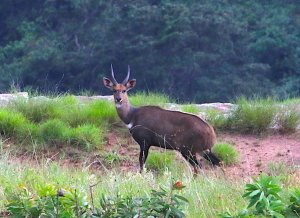 Bushbuck (Male) |
 Caracal |
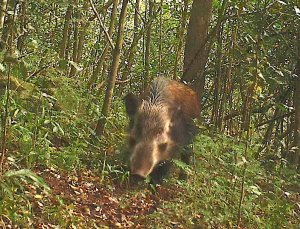 Bushpig |
As a reasonably developed urban area Kloof is home to an amazing range of mammals. 40 Indigenous species have been recorded some of which, like the Rock Dassie (Procavia capensis), are often seen but others like the Cape Porcupine (Hystrix africaeaustralis) are not but are well know to forage in gardens bordering the Krantzkloof Nature Reserve and sometimes even further.
The Large Spotted Genet has been subject to recent research as it appears to have adapted remarkably well to urban conditions and is found throughout Kloof in large numbers. Kloof is also one of the very few places in the eThekwini Metro area where you can still find the elusive Thick-tailed Bushbaby.
List of Mammals
You can download the full list of the Mammals of Kloof here: Download Mammal List
 Rock Dassie |
 Wahlberg’s epauletted fruit bat |
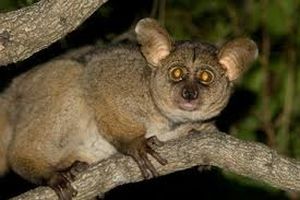 Thick-tailed Bushbaby |
Vervet Monkeys
 |
 |
 |
Vervet Monkeys are one mammal group that generate a lot of emotional debate in Kloof. As a conservancy we are unashamedly pro-monkey but understand the frustrations of many residents. The way forward is in understanding these animals and educating all residents so that peaceful cohabitation becomes a reality.
“Urbanisation, a process occurring at an excessive rate per annum, has implications for the natural environment that are vast and varied. One of the most significant is the effect on natural habitats, shaped by habitat destruction and modification. The simplification of ecosystems, homogenisation of landscapes and influence on keystone species are a few impacts on indigenous fauna existing in these habitats.
Some species are unable to withstand external disturbances, while other species are more adaptable, and often thrive in these modified, and now optimal, environments.
Increasingly, provisions are made to accommodate nature in an urbanising world with tools like Impact Assessments and Opens Space Systems. These procedures however, do little to specifically protect indigenous fauna, progressively categorised as “problem animals” or vermin, like monkeys, which often bear the brunt of attacks by humans who see them as a nuisance and a threat to their well-being.”
The above comments are from: An assessment of the problem of Vervet Monkeys in the former Westville Borough : management implications by Yuri Ramkissoon of UKZN
This puts into context the situation between humans and Vervet Monkeys in our area.
Monkey Helpline
Why are monkeys perceived to be a problem?
Are they really a problem?
When are monkeys a problem?
How can I learn to live in harmony with monkeys?
You can download a comprehensive guideline from Monkey Helpline to answer all these questions and learn how to understand and cope with Vervet Monkeys in Kloof.
Visit the Monkey Helpline website at:
The Monkey Helpline is a volunteer group, based in Westville near Durban in KwaZulu-Natal, but operating throughout the province and also anywhere else in South Africa and abroad where their assistance and advice are requested.
As a team they devote lots of their time to educating people about the reasons why the monkeys are here, why monkeys behave the way they do, the things people should do or not do when monkeys are around, and how to humanely keep monkeys away from those places where they are not welcome. Just knowing that monkeys will NOT attack and bite people, and that they DON’T carry rabies, is usually enough to change antagonism and fear into tolerance, and frequently even appreciation.
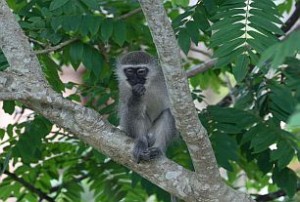 |
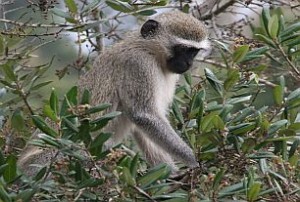 |
 |

